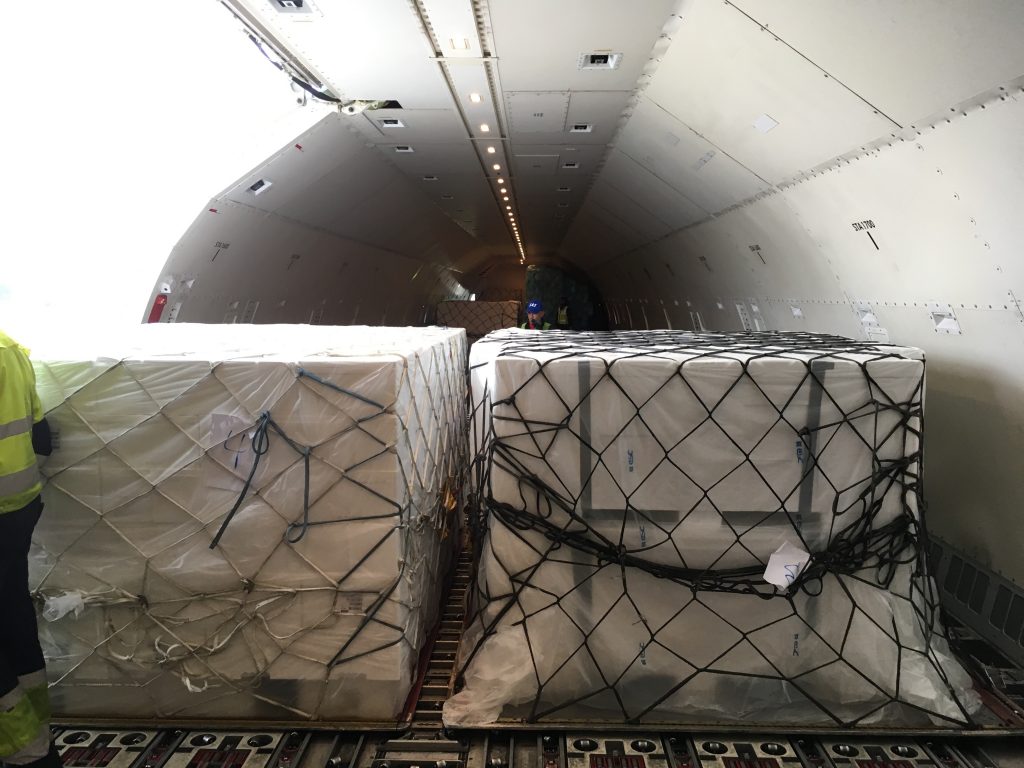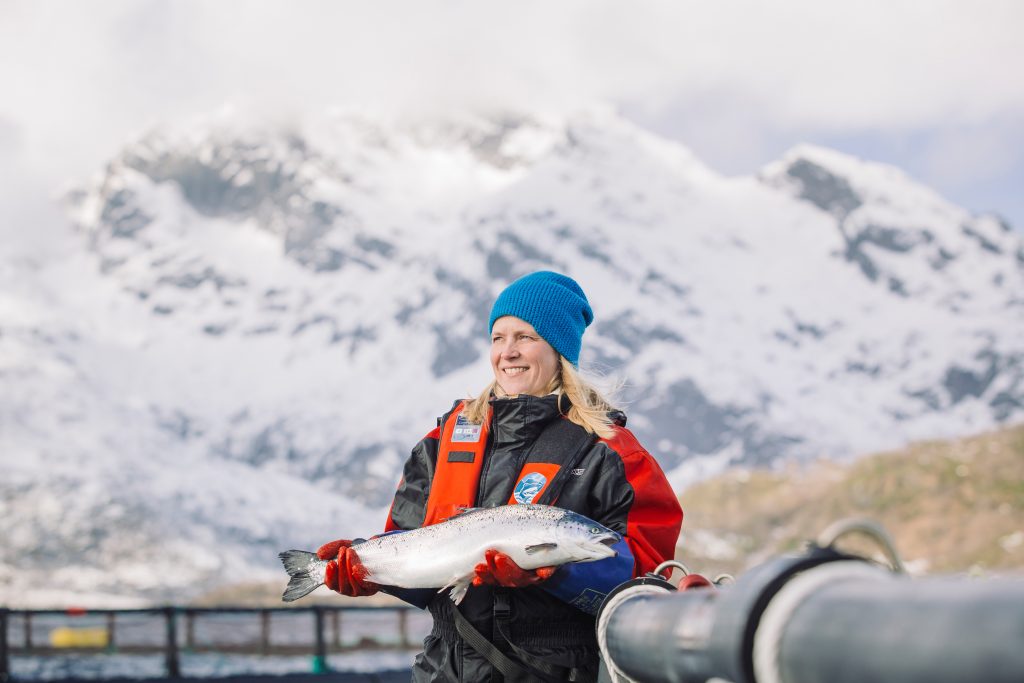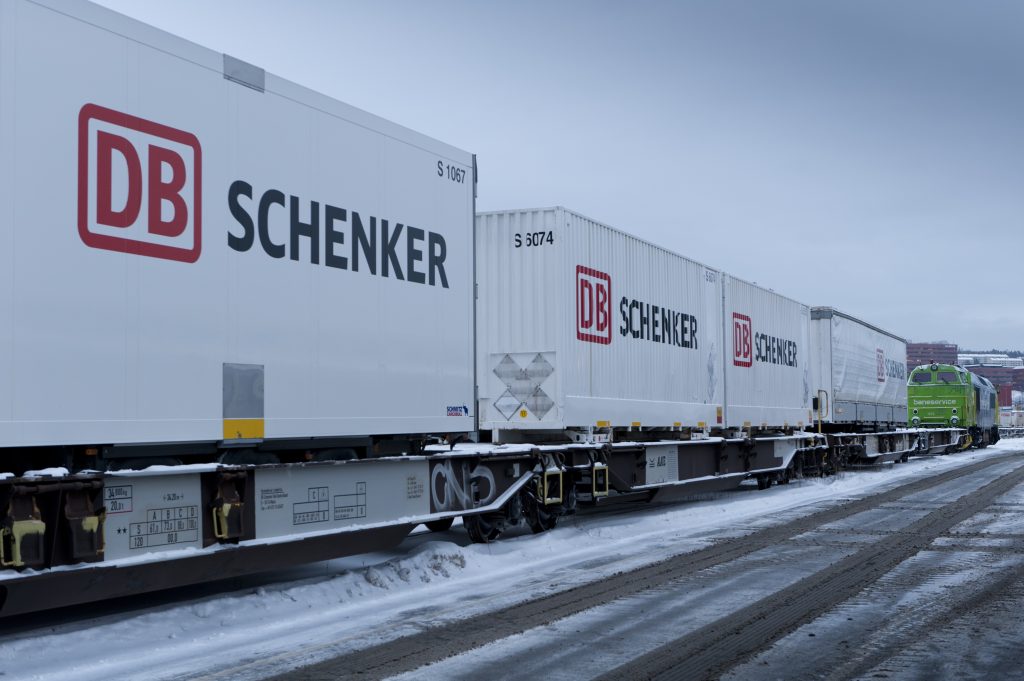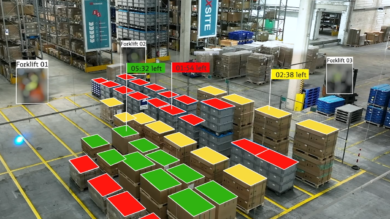Imagine the situation: Yuri, a young girl in Tokyo, needs encouragement to eat her salmon for breakfast every morning. “I don’t want to eat my fish!” says the four-year-old. Mothers and fathers across the world will be all too familiar with this frustrating scenario. After all, cold chain logistics for perishables requires careful planning. It takes a lot of effort to transport the freshest Norwegian salmon to a breakfast plate in Japan.
Cold chain logistics – when is it needed?
Cold chain logistics ensures high quality of perishables or pharmaceutical products along the entire global supply chain. Although globalization has made the relative distance between regions smaller, the physical separation of some regions is still a reality. With regard to logistics, this has a major impact: The greater the distance, the more likely freight can be damaged. This is particularly true in the case of perishables, which require temperature-controlled conditions.
The cold chain logistics market is generally divided into six main industries: fruits and vegetables, bakery and confectionary, dairy and frozen desserts, meat, fish and seafood, drugs and pharmaceuticals, and others. The quality of cold chain products degrades over time, meaning efficiency and coordination are important when transporting shipments. While time is decreasing, coordination efforts must simultaneously increase.

When it comes to pharmaceuticals and the medical industry, requirements for temperature-sensitive products are accelerating. Vaccines, for example, require a specific temperature along the entire end-to-end supply chain. If the temperature falls outside a certain range, there is a risk the vaccine will become ineffective or even harmful to patients. Cold chain solutions for the healthcare industry are therefore a completely different story.
Keeping cool for perishables
Experts see cold chain logistics as a science, a technology and a process. Four main elements are part of a cold chain: cooling systems, cool storage, cool transportation and temperature-controlled processing and distribution. Providing a temperature-controlled environment along the supply chain is a specialized task in logistics – different products require different temperature levels, which must be adapted to the shipping circumstances.
The most common temperature standards are ‘banana’ (13 ⁰C), ‘chill’ (2 ⁰C), ‘frozen’ (-18 ⁰C) and ‘deep frozen’ (-29 ⁰C). Ensuring the freight remains within a temperature rage for an extended period depends on the type of container used and the refrigeration method. This is all affected by packaging type and the related level of energy consumption. There are three common cooling methods: active (for example reefer or air freight cool containers), hybrid or enhanced technologies and containers, and passive solutions (for example gel packs or liquid nitrogen).
Market growth of cold chain logistics
The global market for cold chain logistics has been projected to reach around $585 million by 2026, registering a 17.9 percentage increase per annum. Not included in this research from Allied Market Research is the expected volume increase by the potential COVID-19 vaccine logistics. The Asia-Pacific region has the highest share of cold chain logistics and is expected to remain in the lead. The growth in income is associated with a higher propensity to consume a higher quantity and quality of particular fruits, vegetables, fish and meat products, which can signify a higher socioeconomic status.
Fresh fish from Norway – from the ocean to the plate
Coming back to our Japanese girl Yuri at breakfast: Norwegian salmon is one of the best in the world. In this particular example, global logistics provider DB Schenker transports the harvested salmon in boxes packed with wet ice from Northern Norway to Oslo via the North Rail Express. When the salmon arrives in Oslo at the dedicated 2 ⁰C temperature-controlled terminal, it takes one trained employee just 15 minutes to pack four tons of salmon for further transport via air freight. In approximately 60 hours, the salmon travels from its source in Tromsø, Norway, to its destination of Tokyo, Japan. This is not the only example; in fact, DB Schenker is renowned as a market leader in transporting fresh seafood from Norway to the rest of the world.
Published: December 2020














